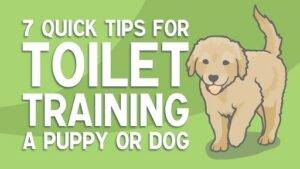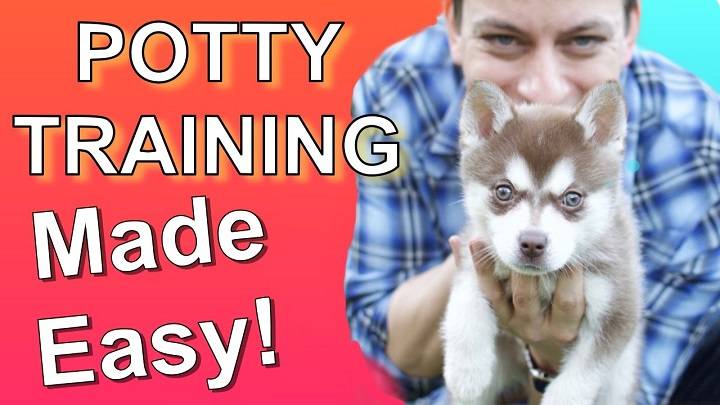Are you a new puppy parent struggling with the challenges of potty training? Don’t worry; you’re not alone! Potty training is one of the most critical aspects of puppy care, and with the right techniques and a little patience, you can successfully teach your furry friend where and when to do their business. In this comprehensive guide, we’ll explore effective puppy potty training tips and strategies that will make the process as smooth as possible for both you and your new companion.
Understanding the Basics
Before we dive into the tips and strategies, it’s essential to understand the basics of puppy potty training:
Patience is Key
Puppies are like babies – they don’t come into this world knowing where to do their business. You must be patient throughout the training process, as accidents are bound to happen.
Consistency Matters
Consistency is crucial when it comes to puppy potty training. Stick to a routine to help your pup understand when and where they should go potty.
Positive Reinforcement
Always reward your puppy for doing the right thing. Positive reinforcement with treats and praise will go a long way in encouraging good potty behavior.
Supervision
Keep a close eye on your puppy. When you can’t watch them, use a crate or playpen to prevent accidents.
Now that you have a good grasp of the fundamentals, let’s delve into the practical tips for successful puppy potty training.
Tips for Effective Puppy Potty Training

Establish a Routine
Dogs thrive on routine. Set regular times for feeding, play, and potty breaks. This predictability will help your puppy understand when they should go outside.
Choose a Designated Potty Area
Select a specific spot in your yard or near your home where you want your puppy to go potty. Consistently taking them to this spot will reinforce the desired behavior.
Use a Crate
Crates are valuable tools for potty training. Dogs are naturally clean animals and will avoid soiling their sleeping area. Use a crate that’s just big enough for your pup to stand, turn around, and lie down comfortably.
Supervise and Learn Their Signals
When you can’t crate your puppy, closely supervise them. Watch for signs that they need to go, such as sniffing, circling, or whining. Immediately take them to the designated potty area.
Be Patient and Positive
When your puppy successfully goes potty outside, offer enthusiastic praise and treats. Positive reinforcement will help them understand that this behavior is what you want.
Clean Accidents Thoroughly
Accidents will happen, especially during the early stages of training. When they do, clean the area thoroughly to remove any scent that might attract your puppy back to the same spot.
Gradually Increase Freedom
As your puppy becomes more reliable in their potty training, gradually increase their freedom indoors. But do it in small, supervised increments.
Watch the Water Bowl
Monitor your puppy’s water intake, especially in the hours leading up to bedtime. Reducing water intake in the evening can help prevent overnight accidents.
Be Prepared for Setbacks
Puppy potty training isn’t always a linear process. Be prepared for setbacks and remain patient. Consistency and positive reinforcement will eventually lead to success.
Consider Professional Help
If you’re struggling with potty training, don’t hesitate to seek advice from a professional dog trainer. They can provide personalized guidance and support.
Puppy potty training can be a challenging and sometimes frustrating process, but with patience, consistency, and the right approach, you can help your furry friend learn where and when to go potty. Remember that every puppy is unique, and the timeline for successful training may vary. Stay positive, and celebrate each small victory along the way. Your efforts will result in a well-trained and happy pup in no time.


